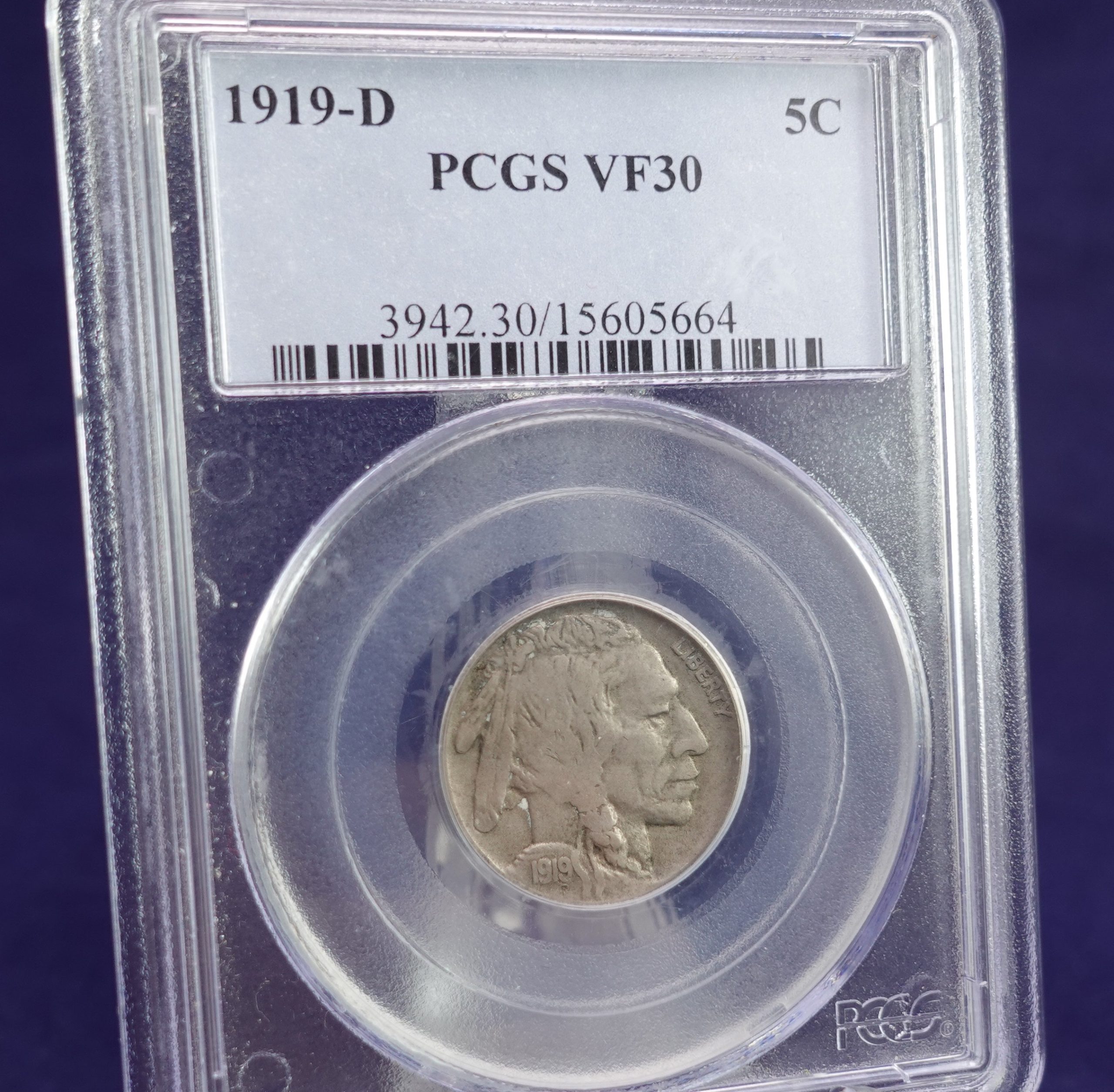Description
The Buffalo Nickel, first introduced in 1913, set a new precedent for artistic coinage in the early 20th century. The design features a Native American, with a bison showcased on the reverse. The designer, James Earle Fraser, described the design as “purely American”, and to this day the Buffalo Nickel is considered a classically American coin design.
The historical significance of the Buffalo Nickel mostly centers around its importance in the movement embracing artistic elements in coin design, which hadn’t been as common before. Balanced with this also, were concerns about utility. One of the most notable changes was the transition from the raised words FIVE CENTS to recessing those words due to wear concerns. After the Buffalo Nickel era, Thomas Jefferson took center stage on the nickel’s reverse in 1938, featuring his Virginia home, Monticello. Later, during World War 2, the traditional nickel alloy was altered to conserve nickel for the war effort, with the new mixture using copper and silver.
Buffalo Nickels offer collectors a journey through American coinage history, and are a popular choice for collectors who value historical significance in their collections. Typically, a basic nickel type collection includes the Shield, Liberty, Buffalo, and Jefferson designs, a set that reflects the evolution of nickel coinage. The advantage of type collecting lies in the diversity represented by each coin, enabling collectors to choose pieces that align with their interests and budget. Whether you’re looking for uncirculated specimens, or well-preserved circulated coins, collecting the Buffalo Nickels is a great way to capture the evolution of a popular American coin, without breaking the bank!

